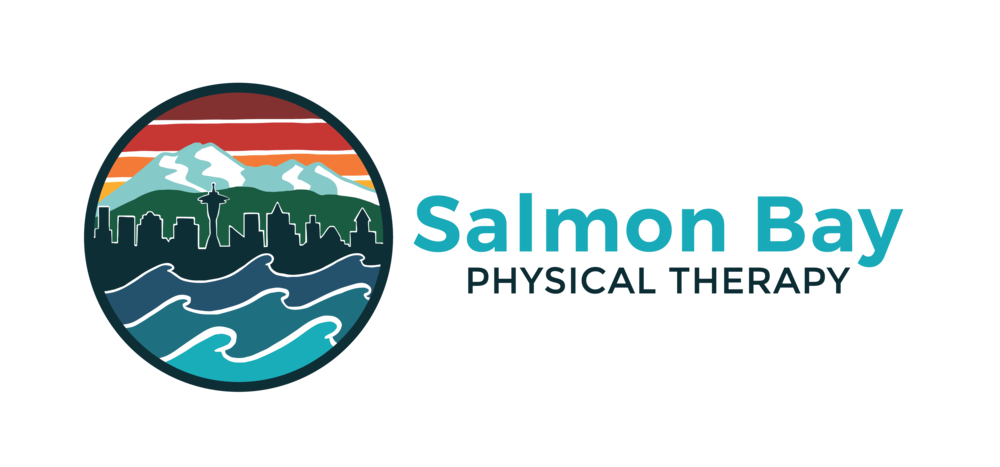Muscle and tendon injuries are some of the more common injuries sustained by soccer players. Muscle and tendon injuries are more common in soccer players than joint and ligament injuries, including ACL injuries. Common areas for muscle and tendon injuries in soccer players include the muscles of the thigh and groin, mainly the quadriceps, hamstring, and adductor muscles.
Soccer players may have an increased risk of injury to these muscles and tendons if they have any of the following:
Poor muscle strength
Poor muscle flexibility
Hip and core weakness
A previous muscle or tendon injury in these areas
Too quick of a return to sport following an injury
Research studies suggest that regular participation in a lower extremity strengthening program may help decrease the risk of sustaining a muscle or tendon injury during soccer activities. A comprehensive strengthening program for a soccer play should include specific exercises that target these areas. Specific exercises for each muscle group will be provided in the sections below.
QUADRICEPS MUSCLE STRAINS
The quadriceps muscle group (“quads”) includes the rectus femoris, vastus lateralis, intermedius, and vastus medialis. These muscles are on the front of the thigh and are responsible for flexing (raising) the thigh and straightening the knee. The quadriceps are a common area for strain during soccer due to the knee and hip forces generated with kicking and sprinting. An exercise program that includes quad strengthening exercises, specifically eccentric quadriceps strengthening, can increase muscle strength and may reduce the risk of quad strains during sport activities.
See the Videos Below for Quadriceps Eccentric Strengthening Exercises
HAMSTRING MUSCLE STRAINS
The hamstring muscle group includes the biceps femoris, semitendinosus, and semimembranosus. The hamstrings are on the back of the thigh and are responsible for extending the thigh behind the body and bending the knee. Hamstring strains are the most common soccer muscle injury and often occur during high speed running, sprinting, and kicking motions.
During an explosive kicking movement, the hamstring muscles have to be strong enough to control the quick straightening of the knee and forward movement of the thigh. A comprehensive exercise program to decrease hamstring muscle strain risk should include strengthening of the glutes, strengthening of the abdominals and trunk muscles, and improving eccentric hamstring strength.
See the Videos Below for Hamstring Eccentric Strengthening Exercises:
(Exercise at 0:48 in this video)
ADDUCTOR MUSCLE STRAINS
An adductor, or groin strain is an injury to the muscles on the inside of the thigh. The adductor muscles most commonly strained include the adductor magnus, adductor longus, adductor brevis and gracilis muscles. The adductors are a common location for a strain to occur in soccer due to the high amount of eccentric loading with cutting, kicking, and planting movements. A strain can happen in the muscle belly, where the muscle meets the tendon, or where the tendon attaches to bone. Research suggests that including eccentric adductor strengthening exercises in a strengthening program may reduce the risk of groin injuries in soccer players.
See the Videos Below for Adductor Eccentric Strengthening Exercises:
Questions? CLICK HERE to contact the author of this blog, Sean Tyler, DPT.

